The Black Cone of Death: A Tornado Ripped Through D.C. in 1927
It was about 2:30 o'clock when the “twister” hit. It was done so suddenly that few realized what had happened. A black cloud was seen in the southwest. It appeared to come lower and lower. There was a high wind which seemed to increase its velocity every second and the cloud apparently came closer to the earth.[1]
So read the Alexandria Gazette in recounting the tornado that touched down near Old Town on November 17, 1927. It was one of the fiercest storms our area has ever seen, with winds estimated at 125 mph.[2] Within minutes it ripped through Alexandria, D.C. and Prince Georges County, Maryland, leaving a trail of destruction in its wake.
The next day, the Washington Post described the scene.
Through its mile wide path, the twister strode like a giant, crushing entire blocks of houses, picking others up and tossing the about, nudging over automobiles until they capsized, and then skipping around like a giant gone mad. Its erratic course was a scene of devastation, scores of buildings left roofless, others left without walls, and still others standing jagged in the pouring rain, entire sides ripped out.[3]
Those who weathered the storm feared the worst as they surveyed the damage.
Over all of the wreckage hovered hundreds of persons, seeking frantically for members of their families or friends who might possibly be buried in the piles of stone, brick, lumber and tin which had once been their homes. Through the hours of an early dusk brought on by the lowering clouds which accompanied the tornado, people sought for their loved ones, becoming more frantic as wild rumors of heavy death lists spread over the city. Most of these rumors could be and were promptly dissipated, but as each was squelched, others arose to take their place, with the result that hospitals, police stations and newspaper offices were besieged far into the night by anxious inquirers.[4]
But, surprisingly (and thankfully!) there was only one fatality even though the storm caused hundreds of injuries and millions in property damage. Needless to say, it could have been a lot worse. Can you imagine what a storm like this would do to our much more densely populated area now?


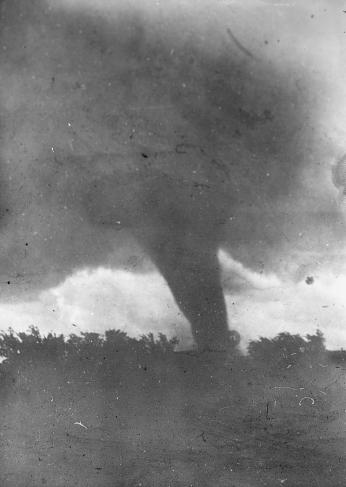
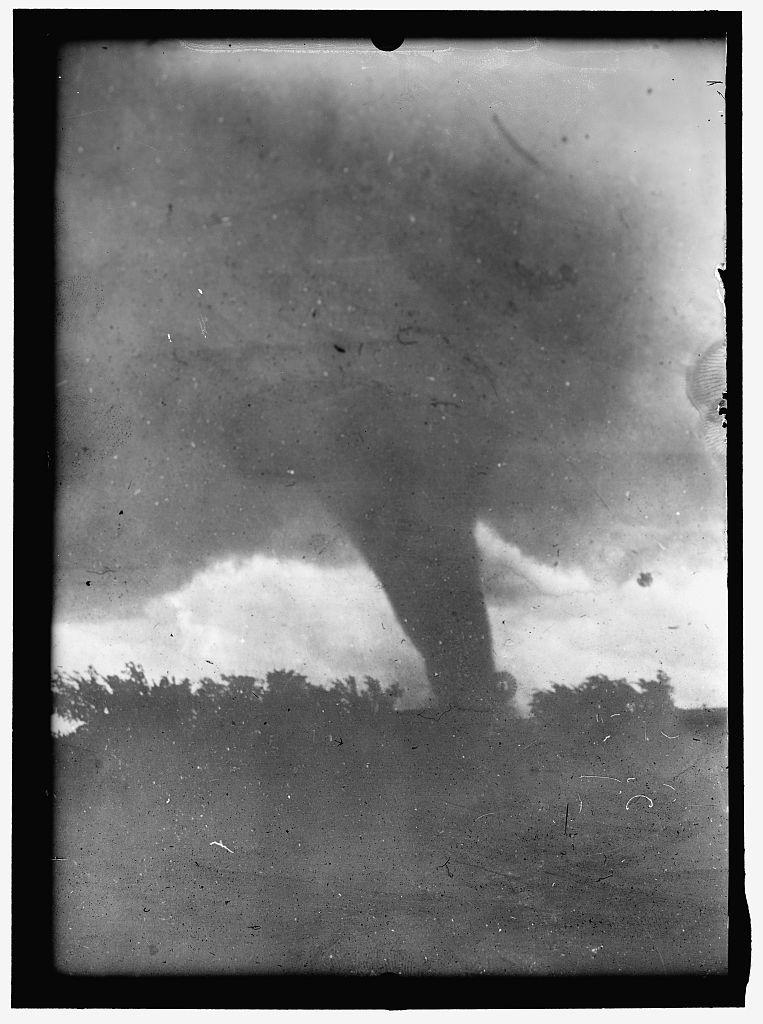
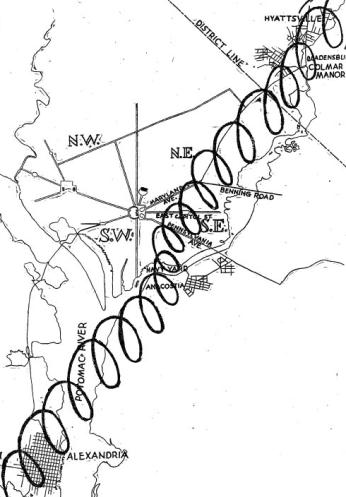
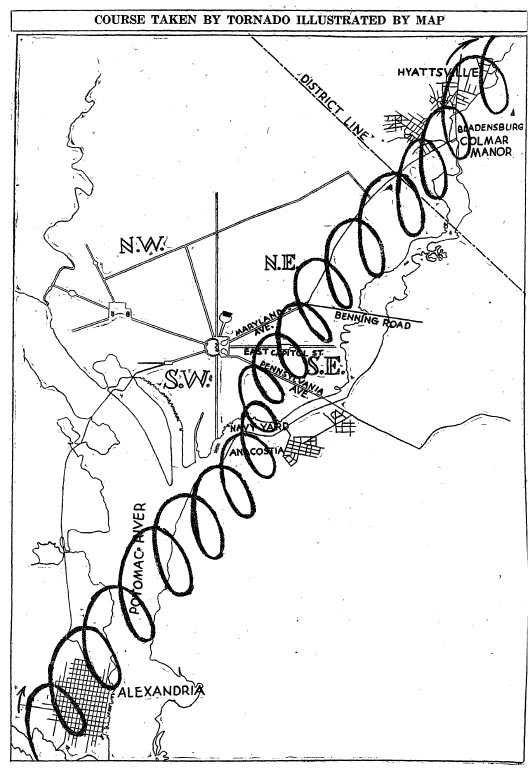
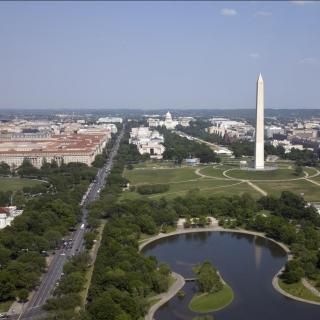
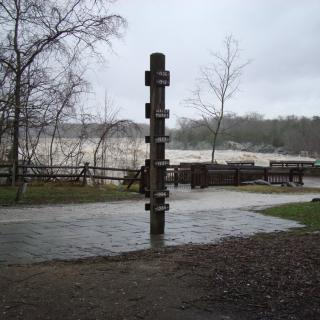
![Sketch of the mythical fuan by Pearson Scott Foresman. [Source: Wikipedia]](/sites/default/files/styles/crop_320x320/public/2023-10/Goatman_Wikipedia_Faun_2_%28PSF%29.png?h=64a074ff&itok=C9Qh-PE1)












